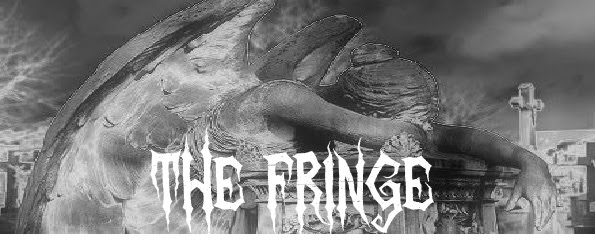Title: 600 Watercolour Mixes
Author: S.Finmark
Publisher: B.T.Batstord
RRP: $19.99
ISBN: 9781906388829
Release Date: 2011
Description:
Master mixing and using colour
An easy-to-use reference for watercolour painters of all levels, 600 Watercolour Mixes shares all the keys to expert colour mixing and how to enhance your work with vivacious shades and tints.
Beginning with comprehensive charts demonstrating the nuances of each colour pairing, 600 Watercolour Mixes offers thorough colour swatches of expected results when using different colour mixing techniques like palette mixing, wet-into-wet, and overlaying. Plus, you’ll get the basics on colour theory and concepts, including saturation and value. Next, you’ll learn about advanced colour mixing, such as creating greys and neutrals. With Sharon Finmark’s expert guidance, you’ll discover how to get the precise depth of colour needed.
600 Watercolour Mixes illustrates how colours can be used to enhance a painting—to create spatial effects, add contrast, and make shadows. Filled with watercolour illustrations and examples, this manual gives all the colour mixing fundamentals for watercolourists of all levels.
About the Author
Sharon Finmark trained at St Martin’s College of Art and currently teaches drawing, painting, and the history of colour in contemporary art at the City Lit College in London. She writes for The Artist magazine and has published several books.
Review:
The 600 watercolor mixes are split into mixes created by three techniques, namely palette mixing, overlaying and wet-on-wet. So each technique features slightly fewer than 200 mixes each, with the rest appearing in other parts of the book. So basically, the color recipes are similar across each technique, just that the effects are different.
The colors featured are from the color wheel, namely Lemon Yellow, Cadmium Yellow, Cadmium Orange, Cadmium Red, Alizarin Crimson, Permanent Rose, Violet, Ultramarine, Prussian Blue, Hooker's Green, Viridian, Yellow Ochre, Burnt Sienna, Vandyke Brown and Payne's Gray. There's no mention of the brand used.
The recipes are all mixed at 50 percent each, in each technique. There's no variation in proportion of pigment or water used. If you want to look at different proportions of pigment and water, look at Color Mixing Recipes for Watercolor.
The text and some example paintings are alright, not terribly exciting but I guess they serve their purpose. They talk about the primary, secondary and tertiary colors, the color wheel and harmony, and basic properties of pigments. It's all very elementary stuff that's probably included in beginner watercolor books.
It de-mystifies the effects of watercolor glazing and mixing. There are many examples of how paints work together. In addition, I liked the examples of how this works in a painting. This is a good resource for painters; it also has handy tips on finding your subject, shade and more.


No comments:
Post a Comment